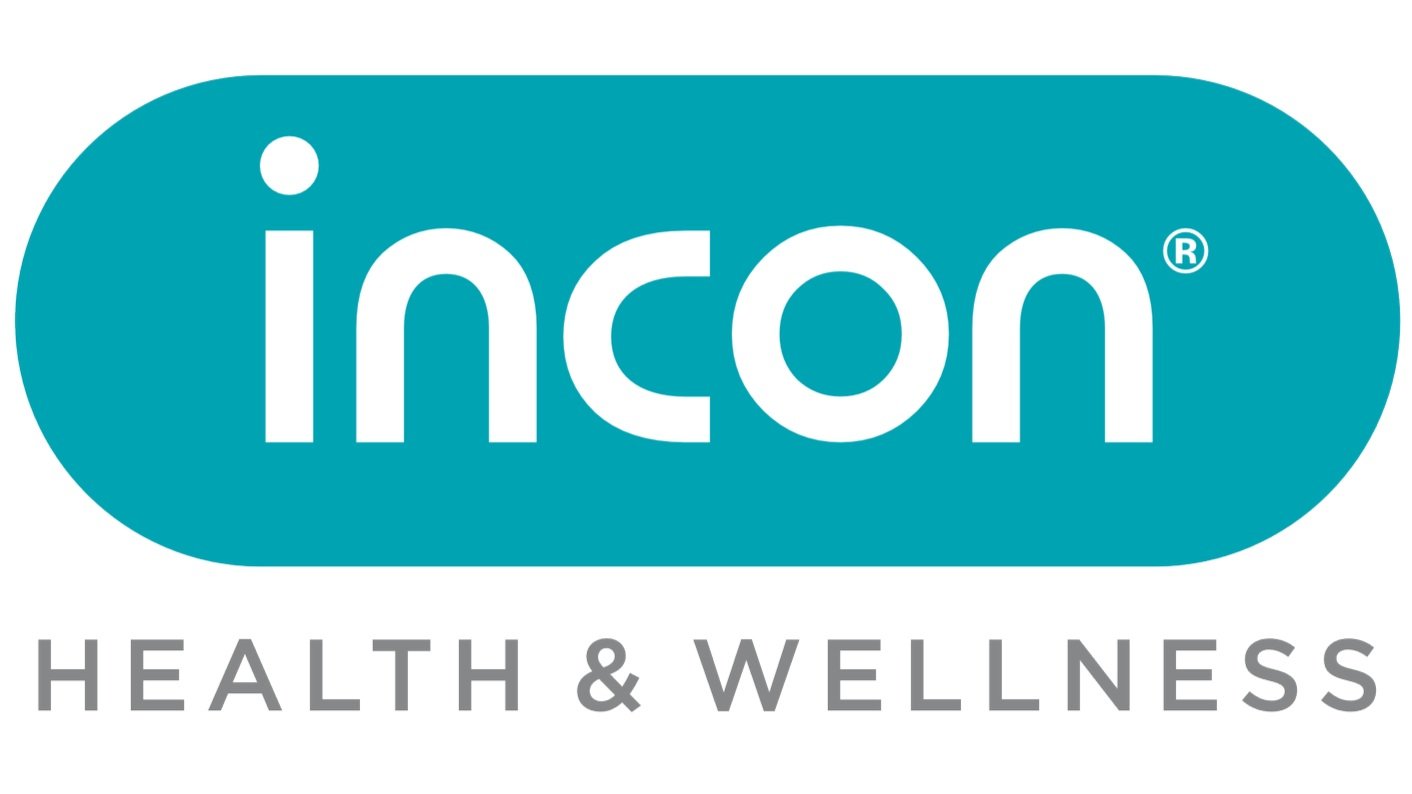Beyond the Checklist
Are Your OHS Walkthroughs Still Working?
Most safety inspections follow a familiar rhythm: clipboard in hand, checklist in place, hazards identified, boxes ticked. But in dynamic work environments, that approach may no longer be enough.
Risks don’t always look like risks
Slippery floors and exposed wiring are easy to spot. But what about chronic fatigue? Disengaged teams? Unsafe shortcuts taken under pressure? The most dangerous issues are often the ones that don’t show up on paper - and don’t make it onto traditional safety walkthroughs.
People, not just places
Effective walkthroughs aren’t just about observing spaces - they’re about understanding people. How do staff feel about raising concerns? Do they understand the “why” behind safety protocols? Are they cutting corners to meet unrealistic targets? These are cultural cues, not compliance checks — and they’re critical to preventing incidents before they happen.
Ask better questions
Instead of asking “Is this compliant?”, we should be asking “Does this still make sense for how people actually work?” Listening is one of the most underused safety tools. Walkthroughs should open space for dialogue, not just inspection.
Technology is a tool, not a solution
Mobile checklists, smart sensors, and digital dashboards make data collection easier — but data without insight is noise. What matters is what’s done with the information. The most powerful safety interventions still come from human observation and meaningful engagement.
A great safety walkthrough doesn’t just identify hazards. It strengthens culture. It makes people feel seen, heard, and supported. Because the goal isn’t just to spot problems — it’s to build a workplace where fewer problems arise in the first place.

